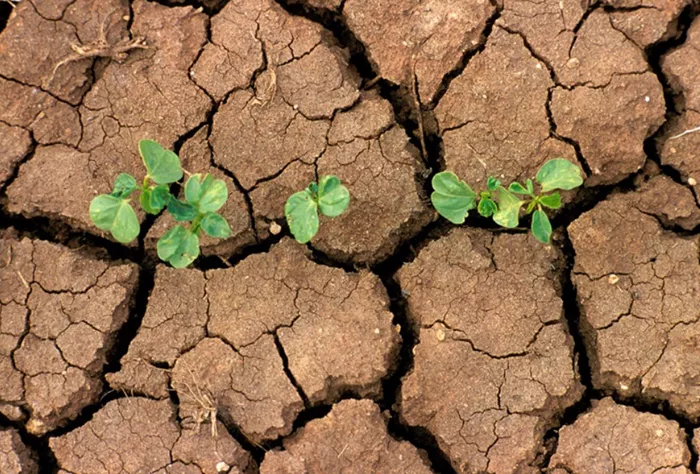LaGrange — This week, much-needed rainfall arrived, offering a brief reprieve from the dry conditions. While the lack of rain has allowed local farmers to harvest crops at an unusually fast pace, the dry weather isn’t without its downsides.
Perennial plants, such as trees, grasses, and alfalfa, rely on consistent moisture in the fall and early winter to recover from the stress of hot summer temperatures. For instance, lawns can fill in sparse areas with proper watering and fall fertilization.
However, a lack of fall rainfall can hurt woody plants over the winter. These plants, including trees and shrubs, lose significant moisture during the cold months due to wind. Since the ground is typically frozen, they cannot absorb water, even though more than half of the region’s annual precipitation falls in winter.
This lack of hydration often leads to “winter burn,” a condition where evergreen needles turn brown, or deciduous trees develop dried-out branches. Symptoms of winter damage typically emerge in spring when warm weather arrives. Homeowners may notice trees with vibrant leaves one day, only to see them wilt or die the next. Sensitive plants like roses and Japanese maples are especially vulnerable if not properly hydrated before the winter.
To help prevent winter damage to your plants, watering is key. An inch of water, whether from rain or a garden hose, will typically last 10-20 days in the soil at this time of year, potentially bridging the gap until the weather pattern shifts. While many have already shut down their irrigation systems, the benefits of watering your perennials could outweigh the effort of reintroducing hoses.
Effective watering is crucial. Simply placing a hose near the base of a large tree, such as a 60-foot maple, won’t be sufficient. The tree’s roots spread out as wide as the tree’s canopy, so watering a broader area will better support the plant’s overall health.
Related topics:
- Discover Native Plants at El Dorado Nature Center’s Month-Long Sale!
- Kind Earth Growers: Making Native Plants Mainstream
- Study Reveals How Non-Native Plants Fuel Invasive Insect Surges


